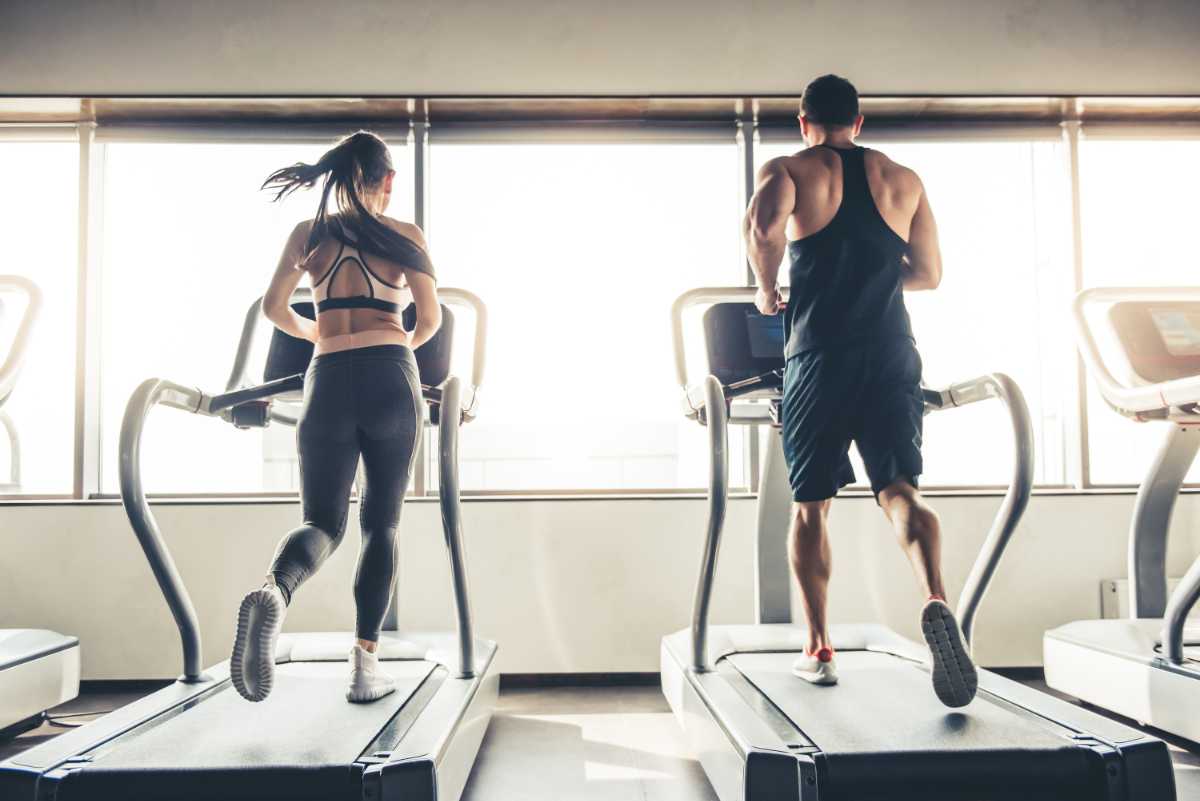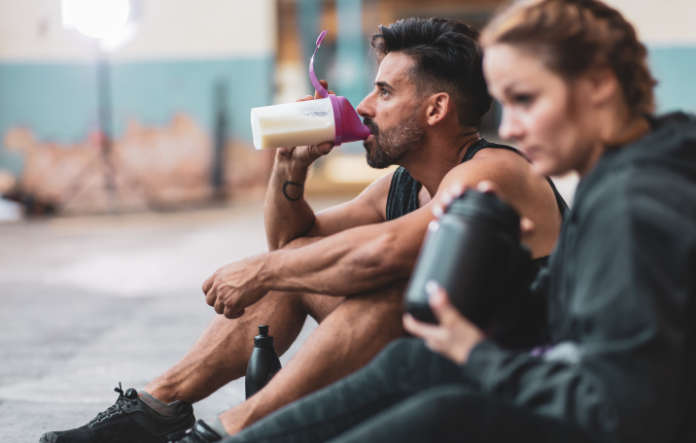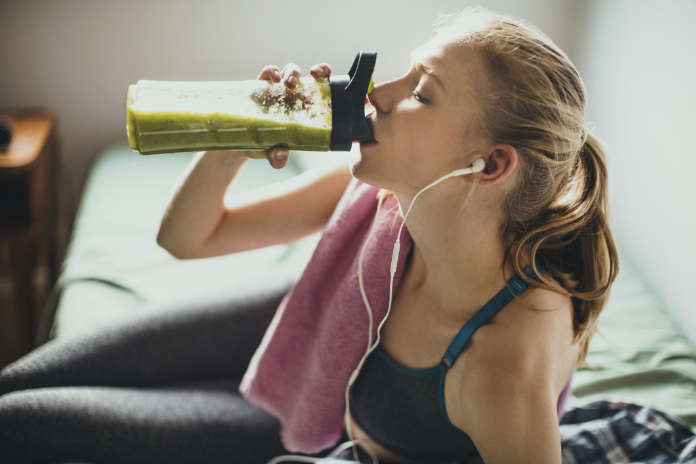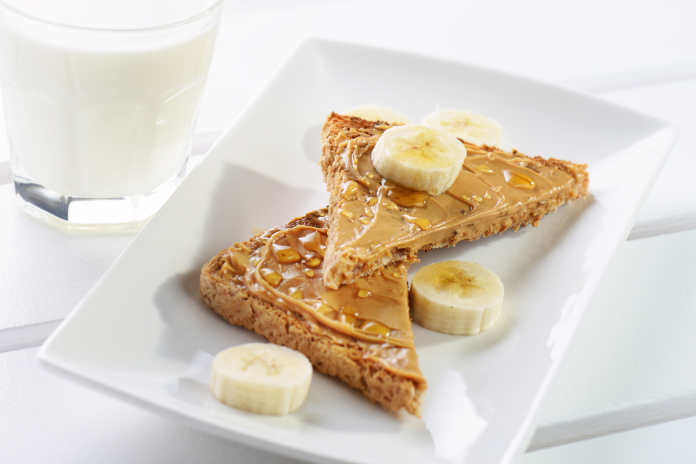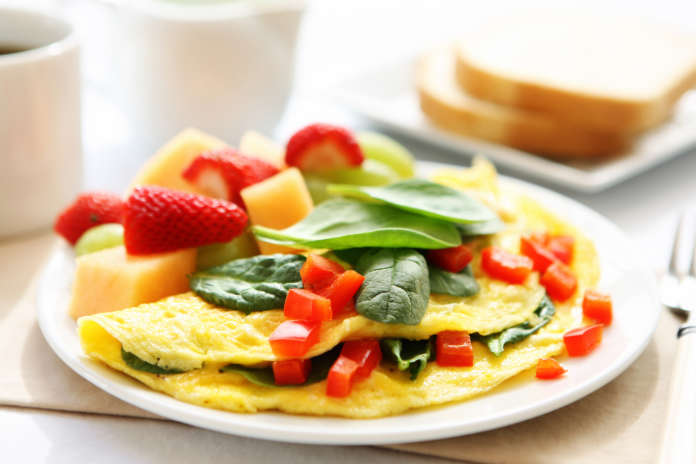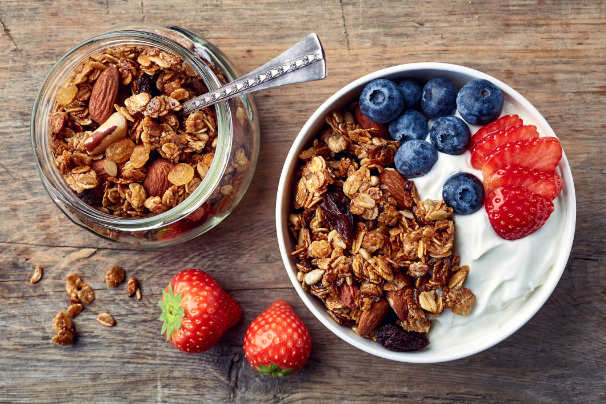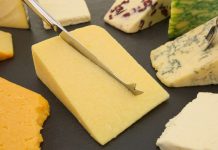Thanks to practically anything written about fitness on online, it’s been drilled into us that no workout is complete until you consume a certain amount of protein straight after.
It’s not always the most convenient thing to cook up a protein-packed meal after going to the gym, which is why so many of us have been turning to shakes to get our fix. While there must be some people who think they’re delicious, protein shakes are often described as tasting ‘chalky’, yet they’ve somehow gained a status of being an essential part of any regular gym-goers diet to aid muscle recovery and reduce any post-workout soreness.
Protein shakes may not be the best aid to recovery
But what if we’ve all got it wrong? According to a recent study by the University of Lincoln, protein shakes made out of whey or milk (the most common that aren’t vegan) don’t actually speed up muscle recovery, in comparison to a carbohydrate-only drink.
Sports scientists took 30 male participants – who all had at least a year’s resistance training experience – to take part in the blind test. The group was split up into three, and after an intense session at the gym they drank either a whey-protein based shake, a milk-based drink or a flavoured carbohydrate drink.
The results show there was actually no difference in recovery response between the three different drinks – which suggests that downing a protein shake after your workout might not help with muscle soreness and recovery as much as you’re led to believe.
Dr Thomas Gee, programme leader of BSc strength and conditioning in sport at the University of Lincoln, said: “While proteins and carbohydrates are essential for the effective repair of muscle fibres following intensive strength training, our research suggests that varying the form of protein immediately following training does not strongly influence the recovery response or reduce muscle pain. We would hypothesise that well balanced daily nutrition practices would influence recovery from delayed onset muscle soreness to a greater extent.”
If you are a regular gym-goer, it makes sense that you’d want to fuel yourself in a way which best aids muscle recovery – so you can go back to the gym whenever you want to, without aches and pains getting in your way.
Registered nutritionist Rob Hobson says: “All protein is required for recovery, so looking for foods that have fuller amino acid profiles such as eggs, oily fish, meat, dairy, and there are some plant-based sources such as soy, quinoa and Quorn which contain all the essential amino acids.”
He adds that research suggests that “omega-3s can help with the delayed onset of muscle soreness and again, you can take this by eating oily fish or via supplements”.
It’s not just protein you need to consider, but other aspects of your diet, like eating the right carbohydrates after training. Hobson explains: “These provide glycogen in the muscle, especially after cardio exercise”.
So it may not necessarily be the best plan to chug a protein shake after your gym session and assume that’s enough – it might be worth looking at other snacks as well as the types of food you’re eating all day long to help speed up muscle recovery.
So what you should eat after different types of exercise
Congratulations! You’ve make it through your workout. But the job isn’t done just yet – because if you really want to get the most out of your exercise, you need to put some thought into what you eat afterwards.
And according to Anna-Jane Debenham and Alex Parker, dietitians from nutrition consulting business The Biting Truth, it’s not just about protein.
Although important, particularly for muscle repair, “having protein on its own, although it may seem ‘trendy’, isn’t ideal in a lot of cases”.
Instead, they say snacks containing both carbohydrate and protein will “allow your body to recover and repair effectively”. And don’t forget to replace all those lost fluids (hey, we all get sweaty!) with extra water.
Failing to refuel or rehydrate after exercise can result in a host of problems, including earlier onset of fatigue, reduced speed and endurance, poor concentration and gut upset, Anna and Alex warn. Not to mention the fact you might not be getting the full benefits of all that effort!
Here, they explain why post-exercise nutrition is so important…
Don’t just wait until your next meal to eat
Restricting calories after a workout can be counterproductive, and after the extra strain you’ve put on your body, nutrition is even more crucial.
Anna and Alex explain: “During exercise (especially resistance training), the body shifts towards a catabolic state (muscle breakdown) which then transitions back to an anabolic state (muscle building) within the first few hours of completing your workout.”
Essentially, this means there’s a 60-90 minute “window of opportunity” after your training session, where you have a chance to replenish the stores of carbohydrates in the liver and muscle cells, as well as encourage muscle repair.
What to eat after… cardio
Running, dancing, boxing – all great cardio workouts, and they can leave you seriously pooped. “The key is replenishing carbohydrate stores,” say Anna and Alex, “and adequate hydration is essential.”
They recommend a slice of wholegrain bread with peanut butter and banana: “This snack provides high-quality carbs, protein and heart-healthy fats, and is full of potassium, which helps soothe muscles.”
Other snacks you could reach for after a cardio workout include a plain banana, some nuts, or some wholegrain toast with either ricotta and fruit, or cottage cheese and tomato.
What to eat after… strength training
If you’re lifting weights and your goal is to gain muscle, Anna and Alex say: “An energy-rich diet with adequate amounts of protein is just as important as your well-developed strength-training programme.”
So, after strength training, your food intake should be low in fat and high in nutrients. “Consuming carbohydrates in conjunction with protein allows the protein to be used for muscle growth and repair,” they explain.
They recommend smoothies as a great option for fitting in a lot of nutrients in one go – you can just blend up your ingredients (such as berries, low-fat yoghurt and/or oats) and you’re sorted.
What to eat after… HIIT
HIIT (high-intensity interval training) is all the rage, hailed as a speedy way to burn more fat and build more muscle compared to traditional workouts. And putting your body well and truly through its paces (no one ever said HIIT was easy) means refuelling well is crucial.
Anna and Alex suggest an onion and pepper omelette plus some fruit, and their top tip is to include pineapple.
“Aside from their protein content, eggs are high in leucine, which triggers muscle protein synthesis,” they explain. “The vitamin C in the capsicums [peppers] is essential for maintaining the healthy cartilage you need to cushion your bones. Research suggests bromelain – an enzyme in pineapple – may help reduce exercise-induced inflammation.”
What to eat after… stretching and toning-based exercise
What you decide to eat after classes like yoga, Pilates or barre depends on what your fitness goal is: whether you want to lose weight, boost your core strength, or increase your overall muscle mass.
“If your goal is weight-loss, then a nutrient rich meal within 60 minutes of your workout is essential, as the meal will be more efficiently digested,” say Anna and Alex. “If your goal is to improve strength, then protein is key.”
They suggest two hard-boiled eggs with multigrain toast, or something like a slice of roast vegetable and feta frittata would be ideal.
To help repair tired muscles and replenish energy stores after yoga, Anna and Alex say: “Your body needs a hit of protein, some low-GI carbohydrates and fruits or vegetables.” Try a small tub of Greek yoghurt with a couple of spoonfuls of muesli containing nuts and fruit, or a small can of tuna, four-bean mix and some chopped veggies.
Read more: 4 essential post-ride stretches for cyclists
Best-selling recovery drinks
Stuck for inspiration? Check out our list of best-selling Amazon products!
No products found.
You may be interested in…
This article may include affiliate links to products and services where we may receive a small fee to support the running of this site if you make a purchase or is a sponsored article from one of our select editorial partners providing valuable advice and information to our readers.























































